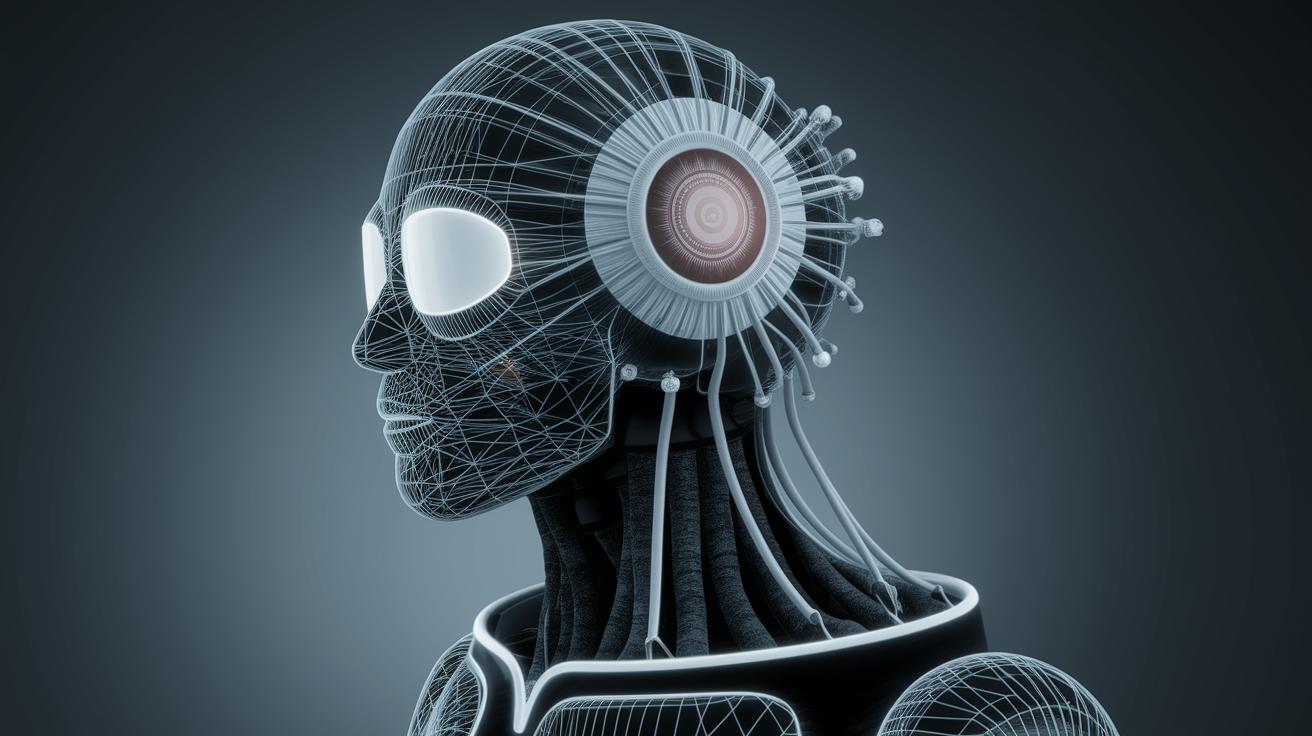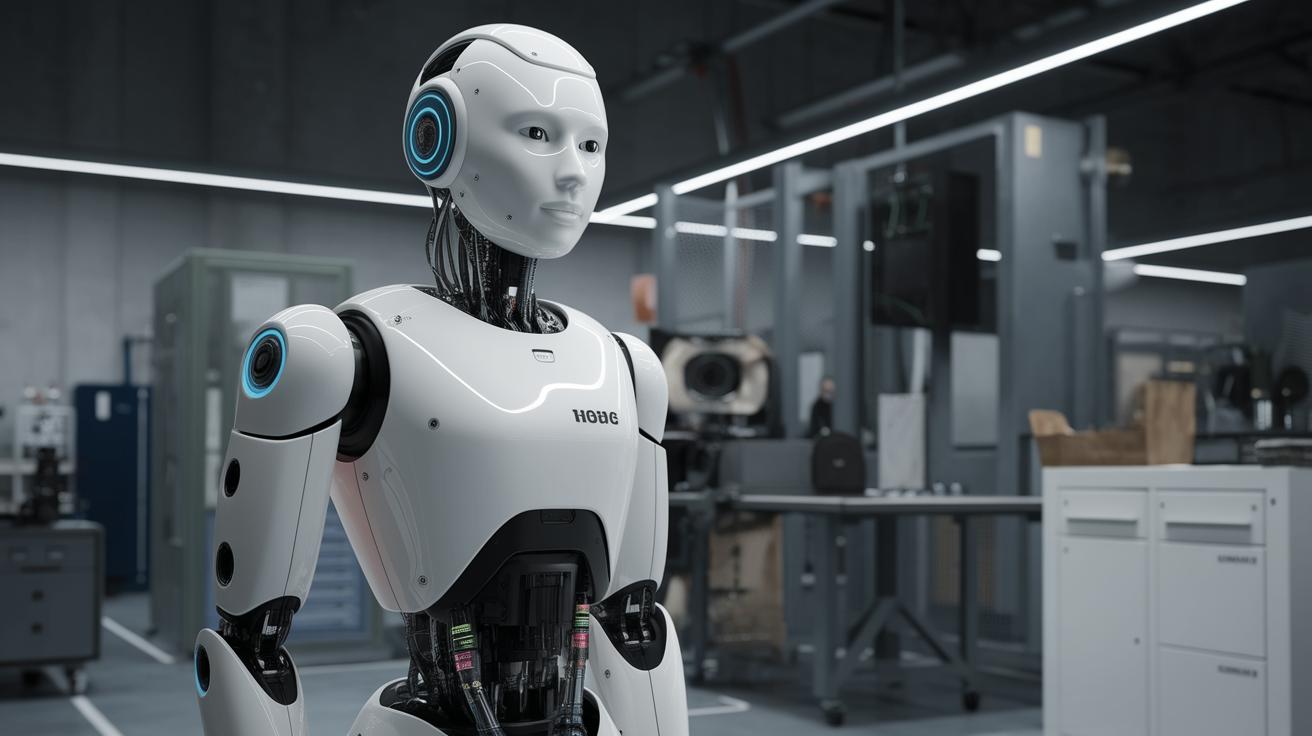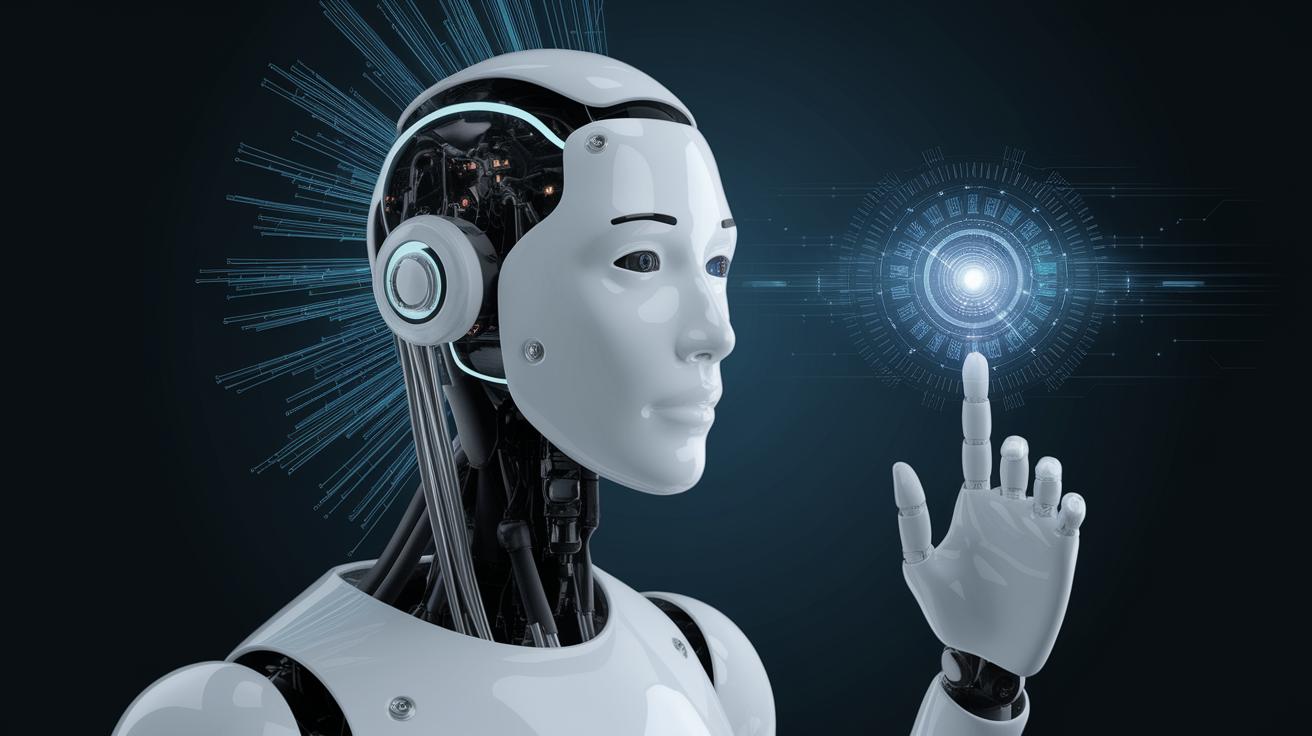How Deep Learning Differs from Traditional Machine Learning
Machine learning and deep learning are transformative technologies reshaping the world around us. Although frequently used interchangeably, there are significant differences between the two. This article explores these differences, emphasizing factors like their definitions, use cases, advantages, limitations, computational requirements, and model training approaches. By seeing how deep learning emerges out of the broader space of traditional machine learning, you will gain insight into selecting the most suitable technology for your projects. Whether you’re looking to enhance business processes or innovate within your industry, understanding these distinctions is crucial. By the end of this article, you will not only comprehend how these two methodologies differ but also how to anticipate and leverage their future applications effectively.
The framework I use to determine what tool to use for your problems
When choosing the right machine learning tool, it’s essential to consider the specific requirements of your problem. Traditional machine learning can be highly effective for problems with a well-defined set of data features, limited complexity, and when interpretability is a key concern. It involves creating models based on structured data, using algorithms that allow for transparent decision-making.
On the other hand, deep learning is ideal for more complex and unstructured data problems, like image and speech recognition. It excels when massive datasets are available, leveraging layered neural networks to automatically extract intricate patterns that could be unfeasible for engineers to determine manually. This approach is useful when the problem can benefit from the model’s ability to learn hierarchical representations of data.
1. Definition and Approach
Traditional machine learning involves algorithms such as decision trees, support vector machines, and linear regressions. These are based on statistical techniques that require structured data and human-guided feature extraction. The models are often linear or relatively simple, aiming for accuracy and interpretability.
In contrast, deep learning is a subset of machine learning that deploys artificial neural networks with multiple layers, often referred to as deep neural networks. These networks emulate the human brain’s learning pattern and automatically identify features, excelling in handling vast arrays of data forms with intricate patterns, a process mostly invisible to human analysts.
2. Use Cases
Traditional machine learning is employed in scenarios where data is well-understood and labeled, such as credit scoring, sales forecasting, and spam detection. Its models are often used in environments where explanatory results are required, allowing users to easily understand and act upon the outcomes.
Deep learning is transformative in fields like computer vision, autonomous driving, and natural language processing. Use cases include facial recognition systems, virtual assistants, and self-driving cars. These applications demand real-time processing and the ability to handle and classify data without heavy manual intervention.
3. Advantages
One major advantage of traditional machine learning is its clarity; algorithms produce results that are often easy to interpret, facilitating insights into how they were derived. This quality is critical for sectors requiring regulatory compliance and transparency, such as finance and healthcare.
Deep learning’s strengths lie in its ability to model complex and abstract patterns without the need for human feature extraction. This capability makes it particularly useful in handling huge volumes of unstructured data, providing state-of-the-art outcomes in domains demanding high levels of precision.
4. Limitations
Traditional machine learning relies heavily on the quality and structure of input data, and the need for feature engineering can be labor-intensive. Its effectiveness diminishes as the complexity and volume of data increase unless designed by skilled professionals who understand the domain intricacies.
The limitations of deep learning include its black-box nature, where decision-making processes are often opaque. This lack of transparency can hinder trust in its outputs. Moreover, deep learning requires vast computational power and extensive data, which can be resource-intensive and cost-prohibitive.
5. Computational Resources
Traditional machine learning models generally operate efficiently on standard computational resources, making them suitable for a wide range of applications, including those with limited budgets or resources. Their training times are typically shorter and they are less computationally demanding.
Deep learning models, conversely, require high-performance hardware, like GPUs, to speed up the training process. They consume significant computational resources, both during training and in inference, due to their complexity and the size of the models involved. This high demand can be a barrier for some organizations.
6. Model Training and Interpretation
Model training in traditional machine learning is generally straightforward, involving simpler algorithms that allow for easier tuning and interpretation of how input features impact predictions. This transparency can lead to greater understanding and trust in model predictions.
Training deep learning models involves adjusting numerous parameters and hyperparameters, requiring more significant expertise and computational time. Interpretation remains a challenge due to their complexity, as the network’s layers obscure individual feature impacts, leading to difficulties in deriving actionable insights.
Future Prospects
As we look to the future, both traditional machine learning and deep learning are set to play pivotal roles in evolving technological landscapes. Enhancements in computational power and algorithm efficiency will likely reduce current limitations, such as resource demands and interpretability issues.
Breakthroughs in machine learning could lead to greater integration of these technologies in everyday applications, making sophisticated analytics accessible to more fields. Simultaneously, efforts to streamline model interpretability for deep learning could broaden its adoptability in regulated industries.
| Aspect | Traditional Machine Learning | Deep Learning |
|---|---|---|
| Definition and Approach | Uses algorithms with human-guided feature extraction | Uses layered neural networks for automatic feature extraction |
| Use Cases | Structured data scenarios, e.g., credit scoring | Unstructured data scenarios, e.g., computer vision |
| Advantages | Transparency and interpretability | High precision with complex patterns |
| Limitations | Dependent on data structure; requires feature engineering | Opaque decision processes; resource-intensive |
| Computational Resources | Efficient with standard resources | Requires high-performance hardware |
| Model Training and Interpretation | Simpler models with clear insights | Complex models with opaque insights |


